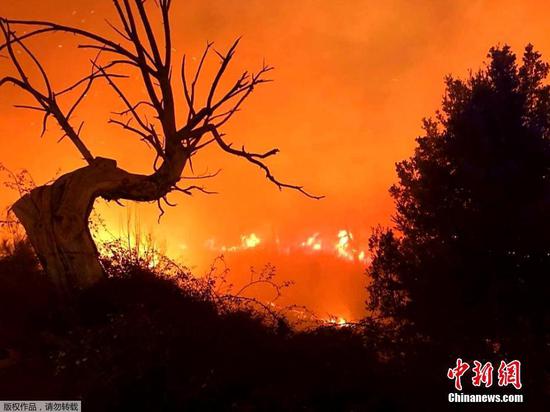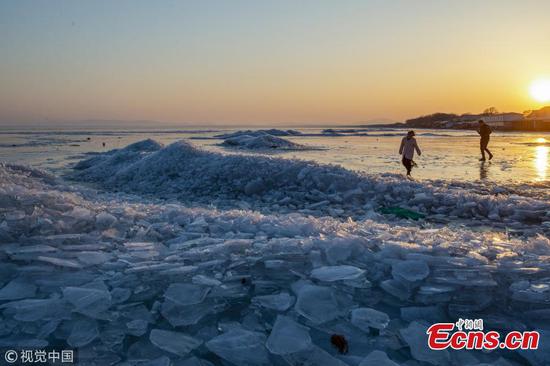The World Meteorological Organization (WMO) predicted Tuesday that a 50-to-60 percent chance of El Nino could be developing in the coming months, which, though not expected to be a strong event, is still likely to make 2019 warmer than 2018.
According to the WMO, model predictions and expert opinion indicate a 50-to-60 percent chance that the ocean and atmosphere will couple, and a weak El Nino event will become established during the March-May 2019 season.
However, a strong event, in which sea surface temperatures in the east-central tropical Pacific rising to at least 1.5 degrees Celsius above average, is unlikely. Through the first three quarters of 2019, the development of La Nina is highly unlikely and can be practically ruled out.
The El Nino/Southern Oscillation (ENSO) is a naturally occurring phenomenon involving fluctuations of ocean surface temperatures in the equatorial Pacific, coupled with changes in the overlying atmospheric circulation. It has a major influence on weather and climate patterns over many parts of the world.
Scientific progress on the understanding and modeling of ENSO, which also affects global temperature, has improved monitoring and prediction capabilities, helping society prepare for the associated hazards such as heavy rains, floods and drought, according to the WMO.
WMO records have suggested that the long-term warming trend continued in 2018, with the average global temperature set to be the fourth highest on record.
"WMO recently confirmed 2015, 2016, 2017 and 2018 as the four warmest years on record. But even a weak El Nino is likely to make 2019 warmer than 2018," said Maxx Dilley, director of the WMO's Climate Prediction and Adaptation branch.




















































